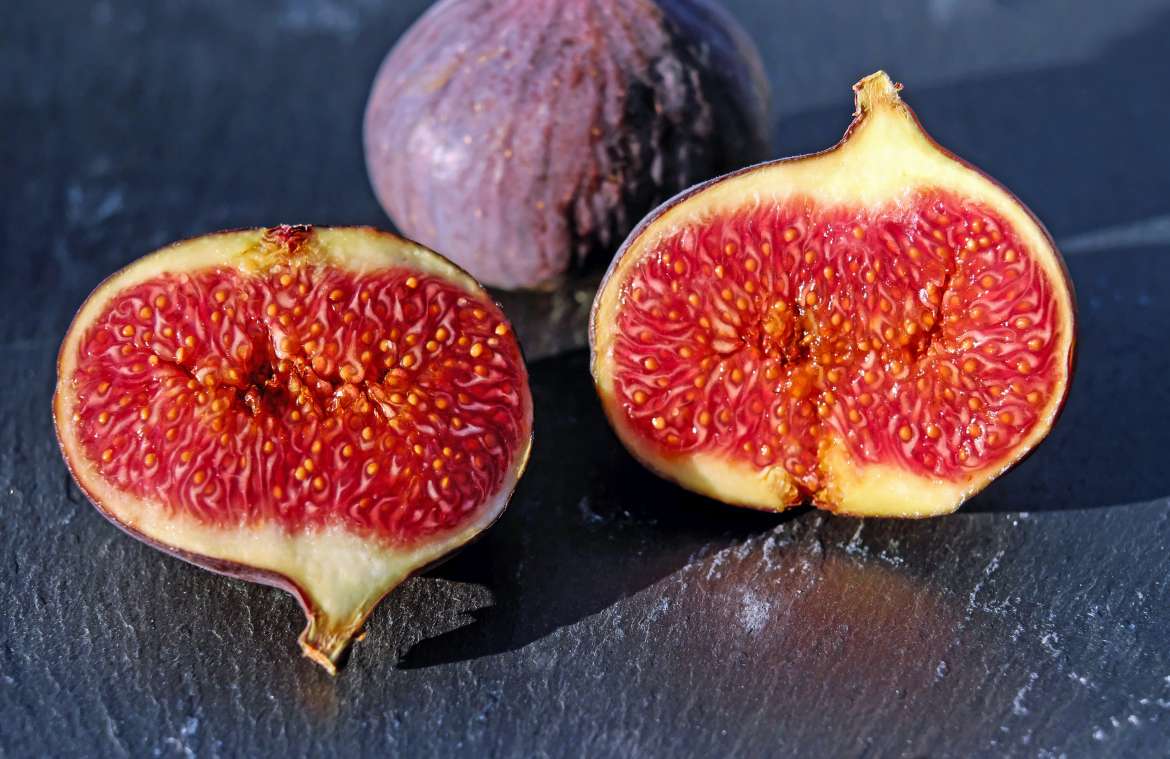Nutrient Overview
Calories: Moderate
Protein: High
Fat: Low
Saturated fat: Low
Cholesterol: None
Carbohydrates: High
Fiber: Very high
Sodium: Low to high
Main vitamin: Vitamin B
Main mineral: Iron
Health Benefits
Figs are a bit different from most fruits, as they aren’t as juicy as you would expect when you bite into a piece of fruit. Most people prefer them dried, but they can also be eaten fresh. Figs go back as far back as Bible times and are a great addition to a diet plan. As a healthy source of dietary fiber, natural sugar, iron, calcium and potassium they make for a great snack that can substitute less healthy options like chocolate or high sugar chewing gums.
Both options – fresh and dried – contain powerful antioxidants that fight free radicals in your body and prevent many diseases. Figs also supply healthy amounts of dietary fiber, which aids in the digestions of other foods and has even been found to reduce in breast cancer risk among women when compared to women who ate the least fiber foods.
How To Buy & Store Figs
Figs are at their best when they are plump, soft and fresh. The skin must also be either green, brown or purple in color depending on the variety. As they ripen, figs grow softer to the touch. When buying figs, avoid those that are sour in smell as this indicates that they are already bad.
Unfortunately, fresh figs go bad rather quickly, so you want to eat them within a day or two after purchasing them. When storing them make sure to keep figs in air proof and moisture proof container to keep them from losing their moisture and becoming hard.



